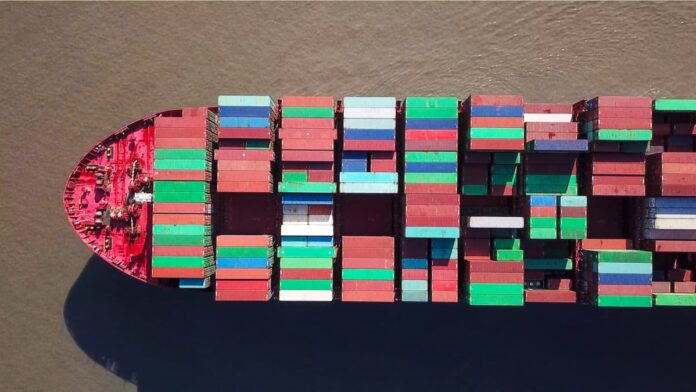The recent threat of a longshore strike at East and Gulf Coast ports has dissipated, bringing stability to trans-Pacific ocean container rates to the United States, at least for the time being. According to Judah Levine, head of research for analyst Freightos, the frontloading that occurred ahead of the possible January strike had initially kept North America container rates elevated into November, but as the strike deadline approached, it no longer influenced rates.
As of the week ending January 10, the Freightos Baltic Index reported that Asia-U.S. West Coast rates remained steady at $5,924 per forty-foot equivalent unit, while Asia-U.S. East Coast prices dropped by 1% to $6,898 per FEU. Levine noted that although trans-Pacific prices to both coasts were unchanged the previous week, rates had seen a significant increase at the start of the month due to rising demand leading up to the Lunar New Year holiday, which begins on January 29. Asia-West Coast prices had climbed by 52% compared to late December, reaching the $6,000 per FEU level, with East Coast rates experiencing a 30% gain to about $7,000 per FEU.
Similar stability was observed in the Asia-Europe-Mediterranean lanes, with Asia-North Europe rates increasing by 1% to $5,640 per FEU and Asia-Mediterranean prices also rising by 1% to $5,685 per FEU. Levine attributed the early start of Lunar New Year demand for Asia-Europe and Mediterranean shippers to longer lead times from Red Sea diversions. Rates had surged by about 60% from early November to December, stabilizing at around $5,500 per FEU, but daily rates were already showing signs of easing by the following week.
Reports of certain carriers planning to lower prices to approximately $4,000 per FEU indicated an early conclusion to the Lunar New Year rush and diminished expectations for the usual post-holiday spike in rates. Levine suggested that Asia-Europe prices might fall back to the Red Sea crisis-era floor of $3,000-$4,000 per FEU seen during low-demand periods last year. However, he predicted that trans-Pacific rates might not decline as significantly once Lunar New Year demand subsides, as frontloading in anticipation of U.S. tariff increases could be sustaining higher volumes than usual in the first quarter. The National Retail Federation projected a 10% increase in January volumes compared to the previous year, further supporting this notion.
Looking ahead, it is important for industry stakeholders to monitor these trends closely and prepare for potential shifts in rates and demand. By staying informed and adapting strategies accordingly, businesses can navigate the complex landscape of global shipping with greater agility and resilience.
For more insights and analysis by Stuart Chirls, visit Freightwaves for additional articles. Related coverage includes updates on the Port of Los Angeles, Cosco’s latest financial performance, and the EPA’s investment in a New Orleans container port project. Stay informed and stay ahead in the dynamic world of international trade and logistics.




